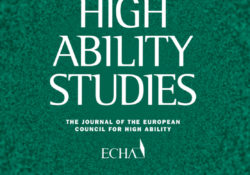Eric.ed.gov – Determination of Marginalized Youth to Overcome and Achieve in Mathematics: A Case Study from India
eric.ed.gov har udgivet: According to the United Nations Human Development Report (2016), poor, marginalized, and vulnerable groups still face substantial barriers to access post-secondary education and employment. These marginalized and vulnerable groups include women, girls, indigenous peoples, ethnic minorities, people with disabilities, migrants and refugees, the LGBTI community, and those discriminated because of their socio-economic status (UN Human Development Report (2016). Increasingly, proficiency in mathematics is required for careers and for solving daily problems in life (Starkey & Kline, 2008; Ramaa, 2015). Basic numerical, mathematical, and scientific skills are an important mechanism to further education and to enable individuals to improve their job market potential. The risk of underachievement in mathematics around the world is greatest for students from low-income backgrounds, as well as linguistic and ethnic minorities (Ramaa, 2015;… Continue Reading
